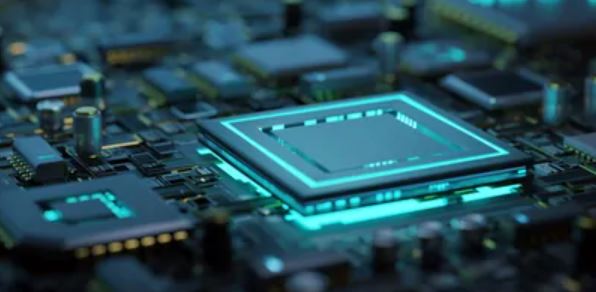 Outer space is a tough place for technology. With radiation, extreme temperatures, and debris, it’s no wonder that computer chips face serious challenges out there. Radiation from solar flares and cosmic rays, for instance, can mess with the electrical properties of these chips. Data storage elements like flip-flops (FF) are especially vulnerable. While radiation-hardened electronics already exist, a team from Carnegie Mellon has come up with a more compact solution that doesn’t compromise on radiation tolerance.
Outer space is a tough place for technology. With radiation, extreme temperatures, and debris, it’s no wonder that computer chips face serious challenges out there. Radiation from solar flares and cosmic rays, for instance, can mess with the electrical properties of these chips. Data storage elements like flip-flops (FF) are especially vulnerable. While radiation-hardened electronics already exist, a team from Carnegie Mellon has come up with a more compact solution that doesn’t compromise on radiation tolerance.
This breakthrough, recently celebrated with the Best Paper Award at the Design, Automation and Test in Europe (DATE) Conference in Lyon, France, is a collaboration between Carnegie Mellon researchers and Sandia National Labs. Ken Mai, a principal systems scientist at Carnegie Mellon, explains that by reducing the size of the FFs, they can significantly cut down the overall chip area. This means lower manufacturing costs, better performance, and improved energy efficiency—all crucial for space tech.
The design offers similar or even better radiation tolerance compared to traditional FF designs, while taking up less space. Although the arrangement of components isn’t entirely unique to Carnegie Mellon, it is their own creation. The conventional approach to making FFs robust involves triple modular redundancy, which uses multiple circuit blocks to ensure reliability. Carnegie Mellon’s design, however, cleverly reuses some components of a single basic FF, achieving the same level of radiation tolerance without the extra space needed for redundancy.
Currently, the team is working on full system-on-a-chip prototypes. They’re aiming to test and deploy these in a cubesat by 2026, in collaboration with the Spacecraft Design-Build-Fly Lab led by Brandon Lucia and Zac Machester. It’s an exciting time for those of us interested in space technology, as these advancements could lead to more efficient and cost-effective solutions for future space missions.








